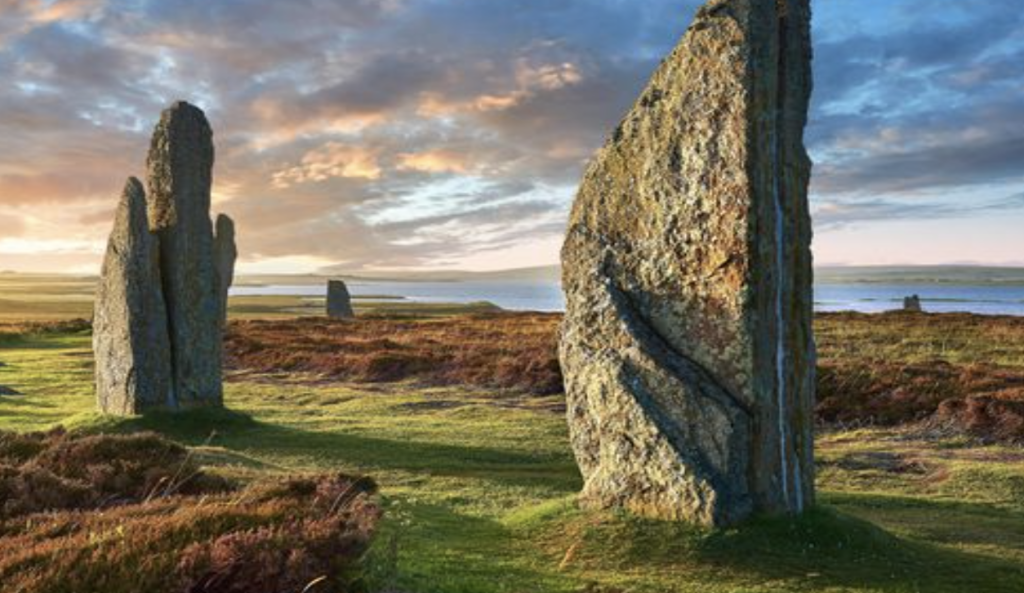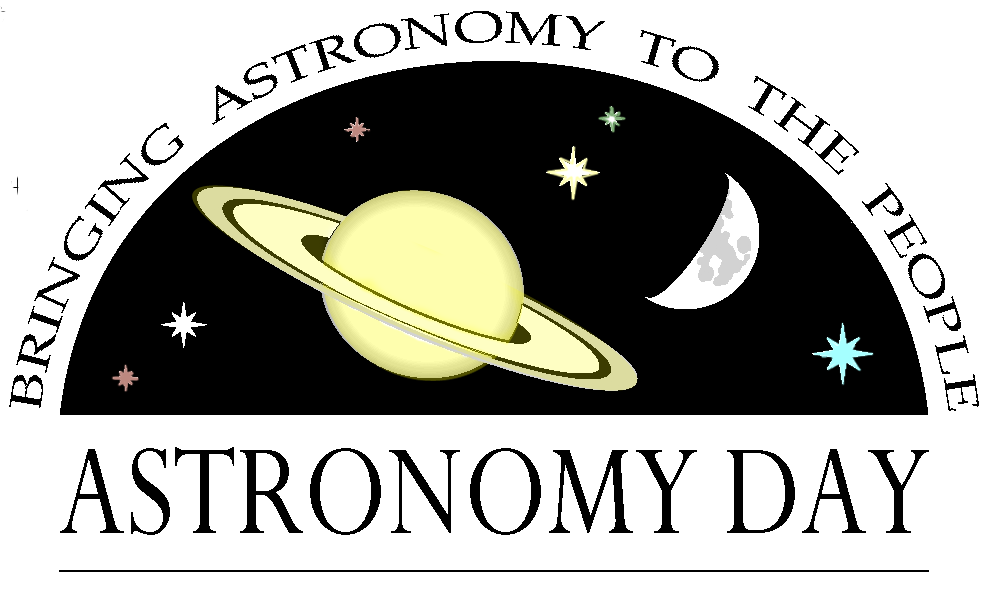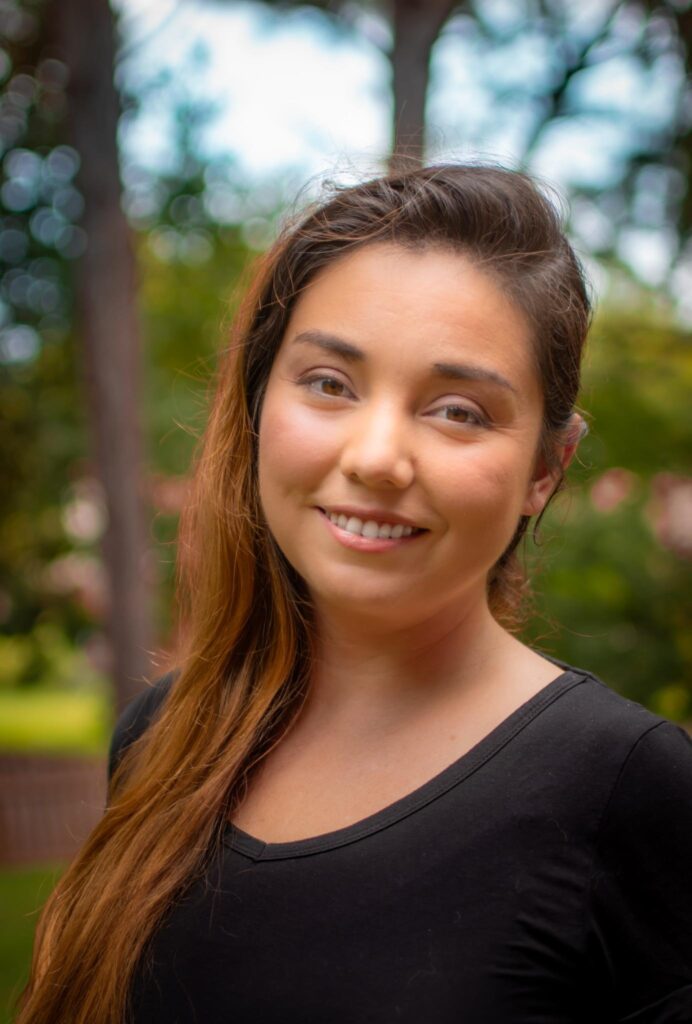All planetarium shows begin at 7:30pm.
Admission opens at 7:00pm; $5/adult, $3/student, 6 and under free.
Telescope viewing afterwards on clear nights.
February 3 & 10 – Let’s Be Sirius for a Moment
Are you Sirius about astronomy? Then you might already recognize the brightest star in our night sky, Sirius! But did you know Sirius hides an incredible mystery that baffled scientists for decades? Join VBAS as we explore these secrets and the amazing advances in astronomy they revealed. You Sirius-ly shouldn’t miss this!
Presented by Eric Silkowski
February 17 – The Universe is Trying to Kill You
Beyond the calamities that face us here on our planet, there are other forces in the universe that can do us in. Since our planet formed, it has been under constant threat of annihilation from both terrestrial and extraterrestrial influences. There are numerous terrestrial or natural events that can and do occur, such as hurricanes, volcanoes, and earthquakes, that have terrible outcomes. These disastrous terrestrial events pale in comparison to some of what lies out in the solar system and beyond that could cause our ultimate demise, such as giant meteors, comets, asteroids, exploding stars, and more. Join us as we take a somewhat lighthearted, tongue-in-cheek look at the dark shadow of doom that awaits us from within our solar system and the deep recesses of the universe.
Presented by Jared Cassidy, VBAS Planetarium Director.
February 24
In October 2023 the continental United States experienced an annular eclipse. On April 8 we will have an opportunity to view a total solar eclipse. Join VBAS educator Tom Burlington for an explanation of this event and how you can safely view it.
Presented by Tom Burleson.




